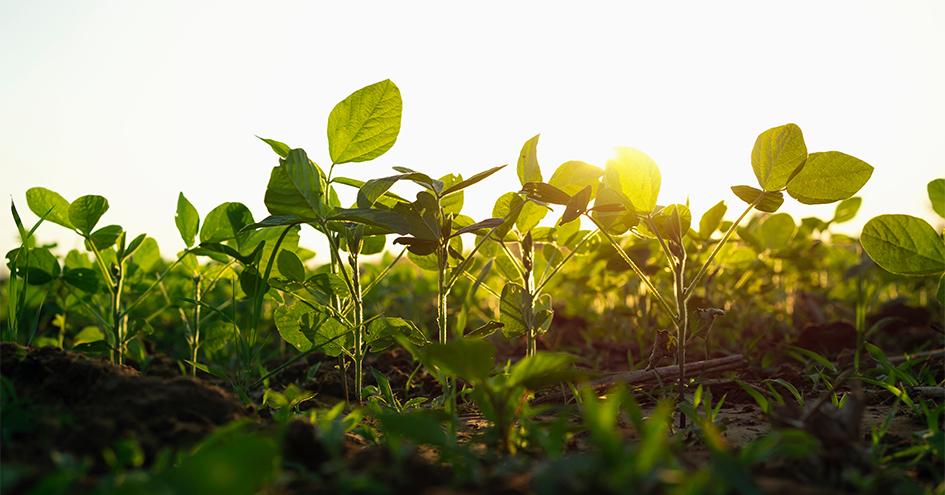For the first time we recorded a slight reduction in the soy used in animal feed (indirect soy), which accounts for around 95% of total soy used for our Private Brand and perishable products (tiers 2 to 4b1). Only 5% corresponds to soy used as an ingredient (direct soy), specifically in vegetable oils and drinks.

At Ara in particular, the increased sale of vegetable cooking oils containing soy in Private Brand products led to a 19% increase in soy used as a direct ingredient (tiers 1 and 5) compared to the previous year. The reduction in Portugal or Poland, in turn, are associated with changes in the Companies’ assortment and the formulation of some products.
Most of the soy in our chain (around 85%) is associated with specialised perishables in the meat and aquaculture fish categories (tier 2) and in non-specialised perishables, such as eggs and dairy products (tier 3). The remaining soy (around 15%) is associated with processed foods that contain animal-origin ingredients (soy-fed), such as ready meals.
More than 61% of soy in our chain was associated with feeding poultry for meat (9 p.p. more than in 2022), 14% with feeding swines (10 p.p. less than in 2022) and 11% with egg production (2 p.p. more than in 2022).
Soy footprint by tier
(2023)
Soy footprint by ingredient
(2023)
We maintained our commitment to tracing soy supply and managed to trace the origin, at least to the country of production, of 93% of the total soy in our supply chains (7 p.p. more than in 2022). We were unable to determine the origin of 7% of total soy used (vs. 14% in 2022). The increase in traceability is thanks to the close collaboration with our suppliers, who have put a great deal of effort into the traceability of their supply chains. In 2024, we will continue to enhance this work with our suppliers, focusing in particular on poultry meat, pork and eggs, the categories in which most of the soy materiality in our supply chain is.
More than 70% of the soy used in Private Brand and perishable products, in particular indirect soy, comes from countries at risk of deforestation2, of which 10% (4 p.p. less than in 2022) had sustainability certification, such as Round Table on Responsible Soy (RTRS) or ProTerra.
1 The five tiers of soy quantification in the supply chain are taken into account in accordance with the CGF’s “Calculation guidelines for the measurement of embedded soy usage in consumer goods businesses” methodology, available at www.theconsumergoodsforum.com.
2 The following countries are considered to pose a deforestation risk associated with soy production: Argentina, Brazil, Bolivia, Paraguay and Uruguay.
